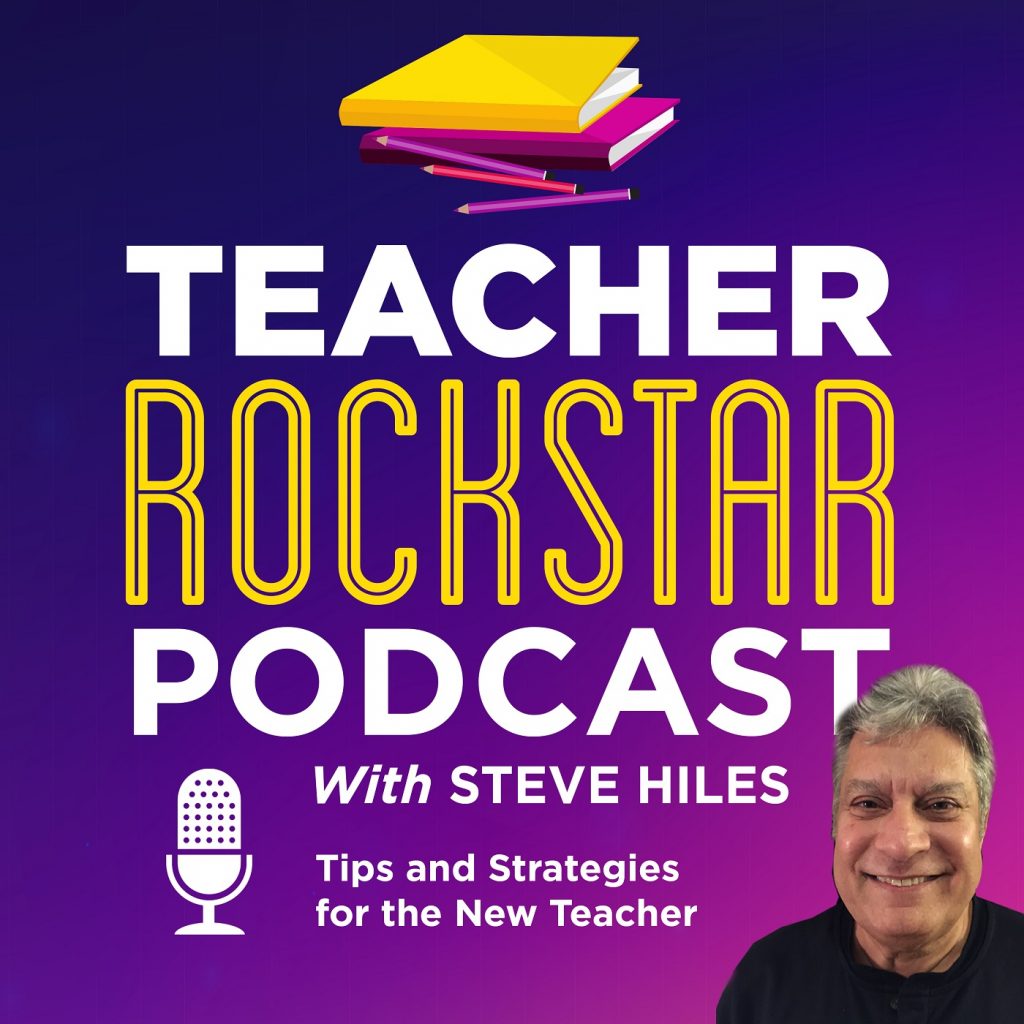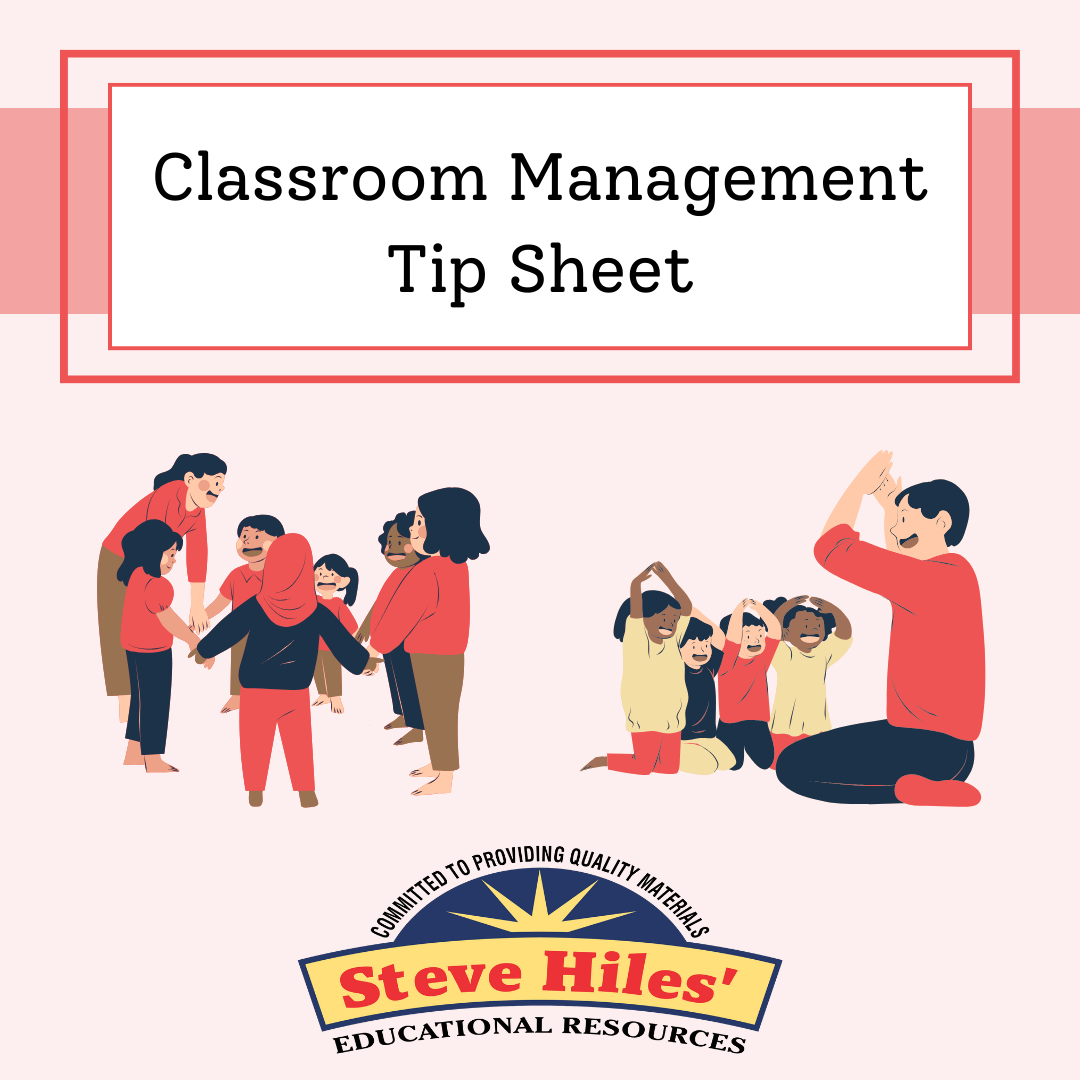It is very likely that you have found yourself in the middle of a discussion where people are not being completely attentive, it makes us cringe almost and when we know we are telling something important we want their attention.
Kids aren’t a whole lot different than adults: If they aren’t absorbed by what’s going on, they’ll find something else that interests them.
As a teacher, Getting all your students focused, eager, and on task at the beginning of class is challenging enough. Equally problematic, once you have them locked in to the lesson, is watching them zone out. There’s nothing unusual about that. After all, anyone who has to sit through a long routine is bound to drift off at some point.
Still, unless you manage to capture and keep students’ focus, whether at the beginning of or midway through class, the engine of student learning that you are trying to drive simply isn’t even in gear.
I often see teachers with the same question and yet no exact answer about how they can get their students to pay attention or, for the sake of discussion, how teachers can make their lessons more engaging for students.
If you are a primary grade teacher, you must have asked this question or might be looking for an answer right now. But do you know where this and all the other questions are answered?
I have listed 10 ways your learning methods can become more fun and engaging for your class.
Table of Contents
ToggleNumber 1. Start Class with a Brain Warm-Up
A classic warm-up is to ask students to find the mistakes planted in material written on the board. You can use this idea in any subject area. But instead of asking them to work silently and alone, and then debrief in a classic question-and-answer session with one student at a time while many sit inattentively, use a mix of collaboration and competition to eliminate what could potentially become dead time.
Organize teams of three students and ask them to work together quietly and raise their hands when they think they have found all the mistakes. After the first team signals it’s done, give a bit more time and then have teams indicate with their fingers together on the count of three the number of mistakes they found in the work. The team that found the most describes its answers until another team disagrees politely or until they are finished.
Number 2. Use Movement to Get Kids Focused
Ask all students to stand behind their desks and join in simple choreographed physical movement. Because most kids find it invigorating and it’s easy to monitor full participation, it may become one of your favorite ways to get kids focused and kill dead time.
For the primary grades: Teach hand-clapping patterns to accompany a chanted verse or a set of math facts. Add foot stomping or hand clapping with a partner to create variety.
For the middle grades: Create a rhythm with finger snapping and hand clapping, which you model and they echo back. Vary the rhythm and pattern in intervals of 15-20 seconds to challenge them to pay attention and join in.
For any grade, including high school: Offer a seventh-inning stretch, or the cross crawl. To do the cross crawl, stand up and begin marching in place, raising the knees really high. As you raise the left knee, reach across your body with your right hand and touch the left knee.
Then do the same for the left hand on the right knee. Continue this pattern for a minute or more. You can also vary it by, say, having kids clap their hands over their heads between each set of knee touches.
Number 3. Teach Students How to Collaborate Before Expecting Success
Doing project learning and other team-based work without prior training / modeling can lead to lots of dead time. You can nip much of it in the bud by teaching collaboration skills before projects get started. You don’t need to use an activity related to your subject area to teach teamwork.
One way is to give teams of students a pair of scissors, two sheets of paper, ten paper clips, and a 10-inch piece of tape, and ask them to build the tallest free-standing tower in 20 minutes.
Prior to the activity, create a teamwork rubric with students, which reviews descriptions of desired norms and behaviors. While half of the teams are building the towers, have the other half of the students stand around them in a circular “fishbowl” as silent observers.
Debrief afterward, and train the observers to give a positive comment before a critical one: “I liked that they [blank], and I wonder if they could have also [blank].” Switch the observers with the tower builders and see if they can do better, then debrief again.
Number 4. Use Quickwrites When You Want Quiet Time and Student Reflection
When interest is waning in your presentations, or you want to settle students down after a noisy teamwork activity, ask them to do a quickwrite, or short journal-writing assignment.
For primary-grade students: Ask, “What was most interesting about today’s science lesson? Or what was confusing about the math lesson?
For intermediate-grade students and above: Try prompts such as Summarize what you have heard? Predict an exam or quiz question I could ask based on this material. Defend one of the positions taken during the prior discussion. Or you can come up with your on depending on the class and subject you are teaching.
Teachers often avoid giving this type of assignment because assessing them regularly can be overwhelming. Manage this load by having students use a green or other color pen to circle one entry from the week you guarantee you will read.
Occasionally, have them write a few sentences next to their entry explaining why they want you to read that particular one. Let them know that you will read the passages marked in green and that, time permitting, you might read the rest.
Number 5. Run a Tight Ship When Giving Instructions
Preventing dead time is especially important when giving instructions. There are a lot of great ways to ask for your students’ attention, but many succeed or fail based on how demanding you are of the final outcome.
Whichever method you use, before you begin speaking, it is critical to require (1) total silence, (2) complete attention, and (3) all eyes on you.
When you introduce this routine to students, do it five times in a row: Announce that in a moment, you will briefly let them talk among themselves, and then you’ll give them a signal you can count out loud from one to three, ring a bell, and so on and wait until they are perfectly ready for you to speak.
In the first two weeks after starting this routine, remind students often what’s expected. To hold everyone accountable for listening the entire time, make it clear that you will never repeat your instructions after you have finished going over them.
Number 6. Use a Fairness Cup to Keep Students Thinking
The more you can manage your classroom to be a supportive environment, where students are encouraged to take risks without fear of being put down or teased, the easier it will be to use your fairness cup regularly, without feeling that you are setting students up for failure.
Write each student’s name on a Popsicle stick and put the sticks in a cup. To keep students on their toes, pull a random stick to choose someone to speak or answer a question. Important: When you begin using your fairness cup, prepare a range of questions, some of which all your students can successfully answer. This strategy allows the bottom third of your class to get involved and answer questions without being put on the spot.
Number 7. Use Signaling to Allow Everyone to Answer Your Question
To help ensure that all students are actively thinking, regularly ask questions to which everyone must prepare at least one answer — letting them know you expect an answer. Then wait for all students to signal they are ready.
For example, in math, you could ask, “How many ways can you figure out 54-17 in your head? or, to review a presentation, ask, “How many key points of this presentation are you prepared to describe?”
By asking questions that allow for multiple answers or explanations, you are differentiating instruction; everyone is expected to come up with at least one answer, but some may come up with more.
To convey the number of answers, students can use sign language, such as holding a hand to the chest so their hands aren’t visible to their neighbors and displaying one or more fingers to represent how many answers they have. This technique precludes students from bragging about how many ideas they thought of or how quickly they are ready. You can then call on volunteers who want to share their answers with the rest of the class.
Number 8. Use Minimal-Supervision Tasks to Squeeze Dead Time out of Regular Routines
Tasks that require minimal supervision add purposeful activity during moments that might normally revert to dead time. They come in handy when passing out papers, working with a small group of students, handling an unforeseen interruption, addressing students who didn’t do their homework, or providing work to those who have finished an assignment before others.
While you pass out papers, ask students to do a quickwrite or to pair up and quiz each other on vocabulary words. Also, train students to fess up if they didn’t do their homework. That way, during class homework review, these students won’t automatically be wasting time. Instead, they’ll immediately move to these prearranged minimal supervision tasks.
For example, you can ask them to study a review sheet, summarize a reading passage, read the day’s assignment ahead of time, or create and study vocabulary words or other content. You might find students suddenly doing their homework more often rather than face this extra work.
Number 9. Mix up Your Teaching Styles
To keep students involved and on their toes, try to move from teacher-centered learning to student-centered active learning, and vice versa.
Here’s how: Introduce a presentation by having students pair up, talk to each other about their prior knowledge of the presentation, and generate a list of four questions for which they’ll want to know the answers. Make quick rounds to remind all students to stay on task.
To encourage active listening, provide students with a list of important questions in advance. Interrupt the presentation with a quickwrite, and then have students “pair-share” by asking them to compare their entries with a neighbor. Pull sticks from your fairness cup to choose pairs of students to present their thoughts to the class.
Number 10. Create Teamwork Tactics That Emphasize Accountability
By insisting that students “ask three before me,” you make it clear that they are expected to seek assistance from all members of their team before they turn to you.
Here’s how: To reinforce this rule, when a student on a team wants to ask you a question, you, the teacher, always ask another person on the team whether she knows what the question is. If she doesn’t, politely walk away, and the team will quickly understand what you expect.
Another way to emphasize accountability might be to say, “When you think your team is done with the task, find me within 30 seconds and tell me.” This strategy shifts the accountability to the team for being on task.









